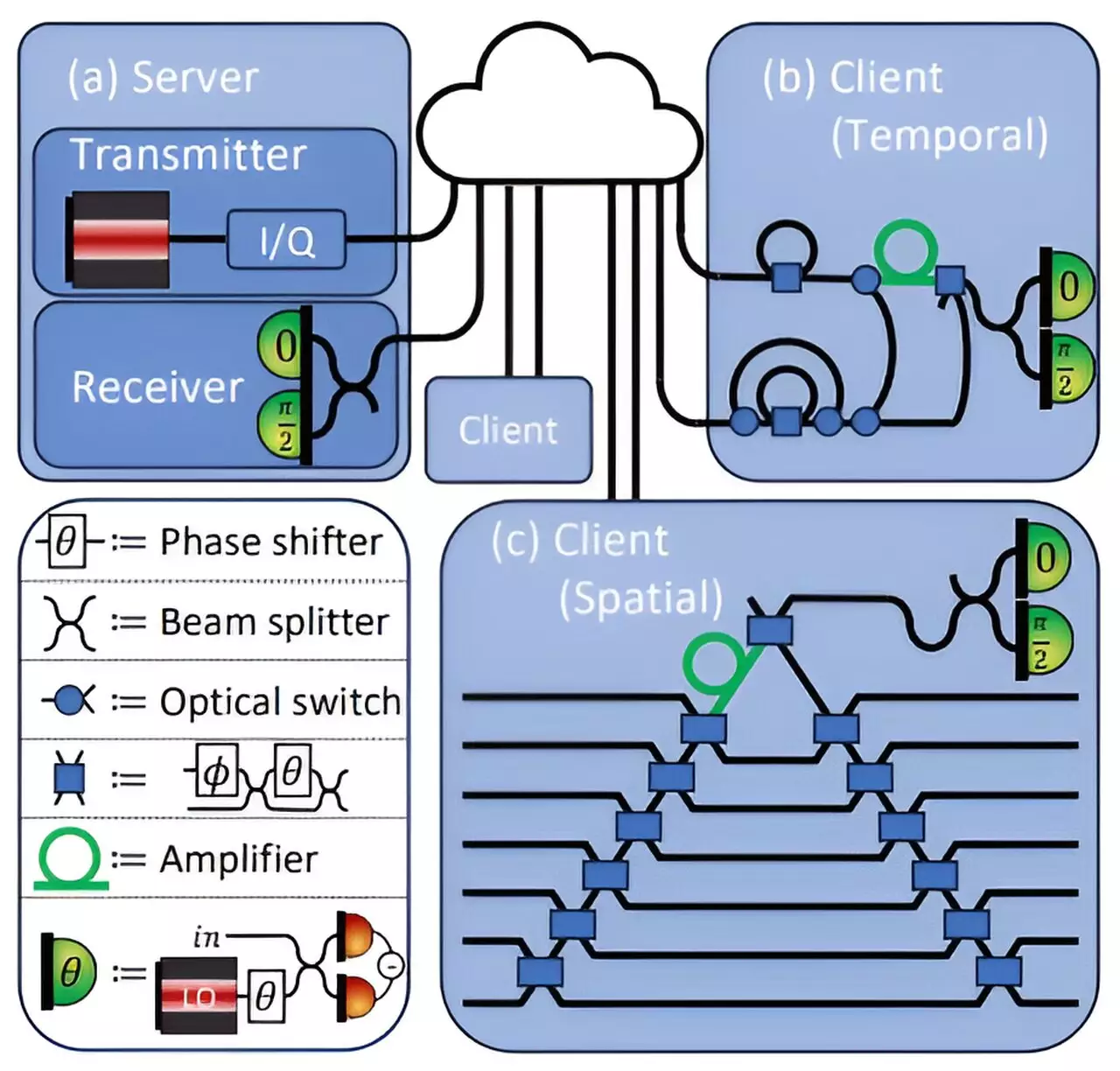Artificial intelligence (AI) has become an omnipresent force across various sectors, ranging from healthcare to finance, driven by the powerful capabilities of deep learning. However, the increasing reliance on cloud-based computing for managing these complex models brings to light a paramount concern: the security of sensitive data. With medical institutions particularly wary of using AI tools for analyzing confidential patient information, the urgency for secure solutions cannot be overstated.
In response to these challenges, researchers at MIT have pioneered a groundbreaking security protocol that harnesses the principles of quantum mechanics. Instead of traditional encryption methods, this innovative technique encodes data into laser light, taking advantage of the unique properties of quantum information. Specifically, the protocol capitalizes on the no-cloning theorem, which asserts that quantum information cannot be perfectly copied or intercepted, ensuring that any attempt at unauthorized access can be detected immediately.
With this quantum-based approach, the security risks that come with cloud computing can be significantly mitigated. The protocol allows for the safe exchange of sensitive data, such as medical images, between a client and a cloud server hosting deep learning models. By ensuring that the critical data transmitted for analysis remains confidential, hospitals can confidently leverage AI for diagnostics without jeopardizing patient privacy.
The recent research details how the proposed protocol functions within a cloud-based architecture that involves two main parties: a client dealing with sensitive documents and a server operating a deep learning model. The client wishes to gain insights, such as identifying whether a patient might have cancer from imaging data, without exposing any private information. The server, on the other hand, must safeguard the proprietary nature of its algorithms, which can be highly valuable both commercially and technically.
This dual-layer security framework results in a situation where both parties have inherently private interests that must be protected. The researchers emphasize that this mutual concern for security forms the backbone of their innovative solution. By encoding the weights of the neural network into an optical field via laser light, the model maintains robust confidentiality while facilitating accurate predictions.
At the heart of this secure communication process lies a sophisticated series of operations involving quantum light. The server transmits the neural network’s weights in encoded laser light to the client, who then uses these weights to process their private data and generate a result. What sets this system apart is its intrinsic security features: the client is only allowed to measure what is necessary for computation, and any attempt to duplicate or dissect additional data results in unavoidable errors.
The architecture allows for a remarkable level of accuracy, with the models achieving around 96% correct predictions, all while maintaining confidentiality and integrity. The residual light returned to the server serves as a verifiable check against data leakage, as measured errors indicate whether any sensitive information was unintentionally exposed.
Moving forward, the MIT researchers are keen to expand their protocol’s applicability by exploring federated learning—a method in which multiple parties collaborate to improve a central deep learning model without sharing raw data. This technique could further enhance privacy and security in distributed environments, particularly beneficial in scenarios involving sensitive healthcare information.
One exciting aspect of this research is the potential for applying the protocol within quantum operations rather than just classical systems. Harnessing the power of quantum mechanics offers not just increased security but potentially higher accuracy in deep learning applications, opening new avenues for research and development.
As deep learning continues to revolutionize industries, concerns over data security will play an increasingly pivotal role. The pioneering work done at MIT resonates on several levels, establishing a paradigm where quantum properties can serve a dual purpose—enhancing the capabilities of AI while vehemently safeguarding privacy.
Evidently, as we venture deeper into this intersection of AI and quantum cryptography, exciting possibilities emerge for crafting architectures aimed at preserving privacy in an increasingly interconnected world. The road ahead will be fraught with challenges, particularly as researchers aim to test the robustness of their protocol under practical conditions, but the potential rewards—a secure, efficient, and private AI landscape—are too significant to ignore.

